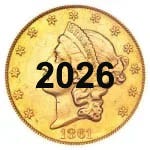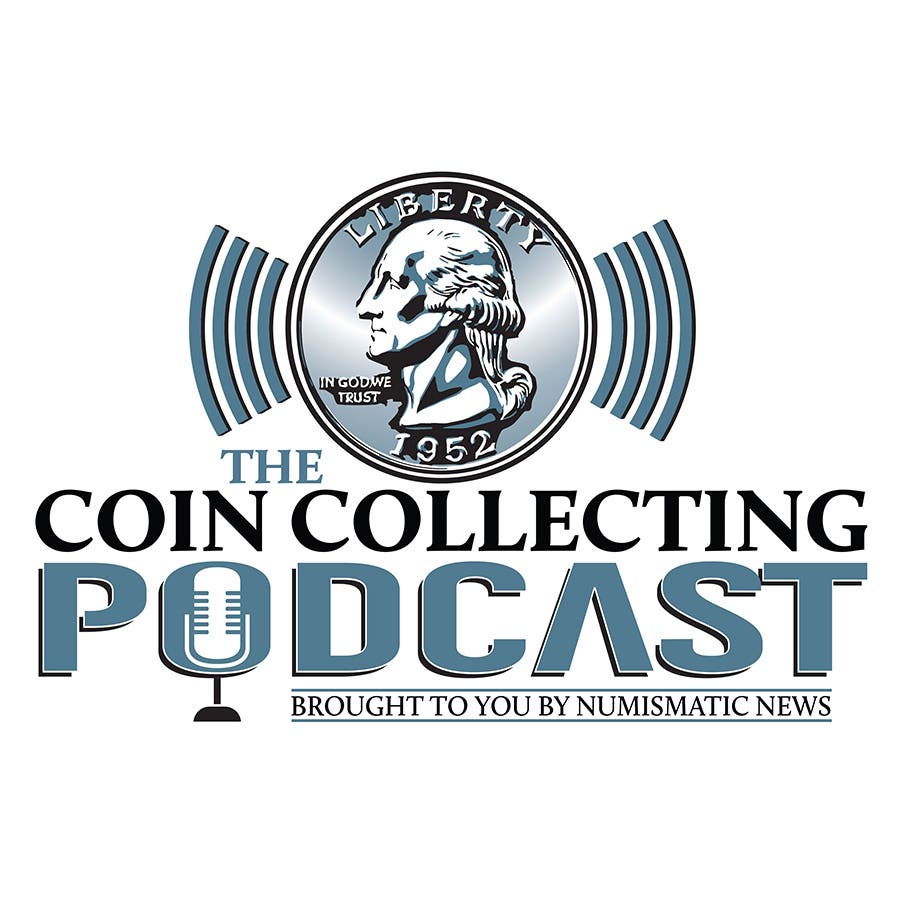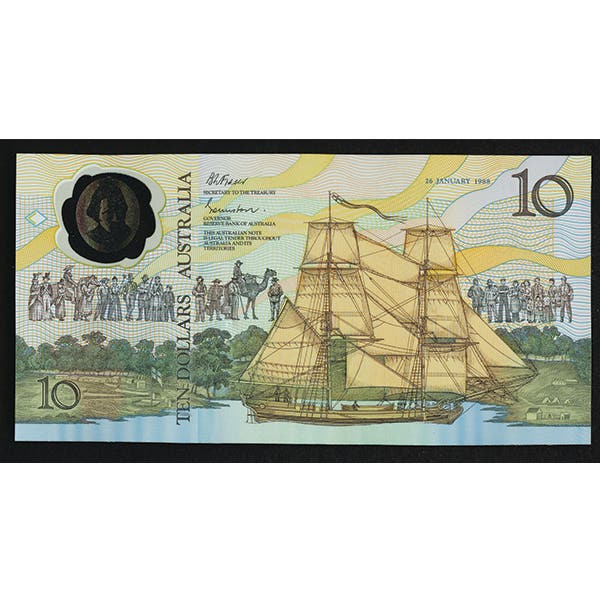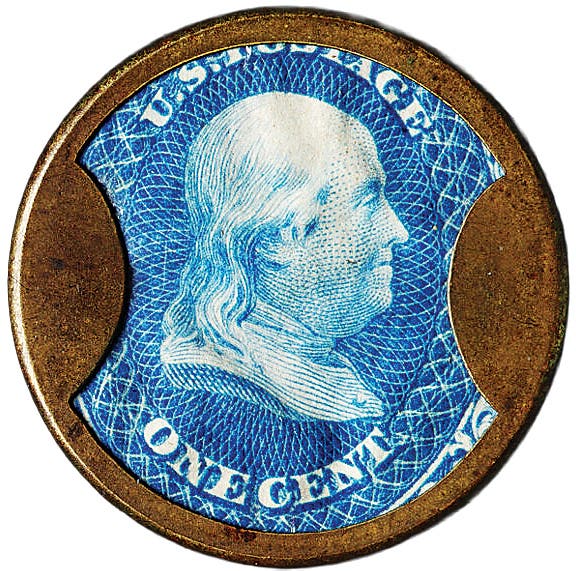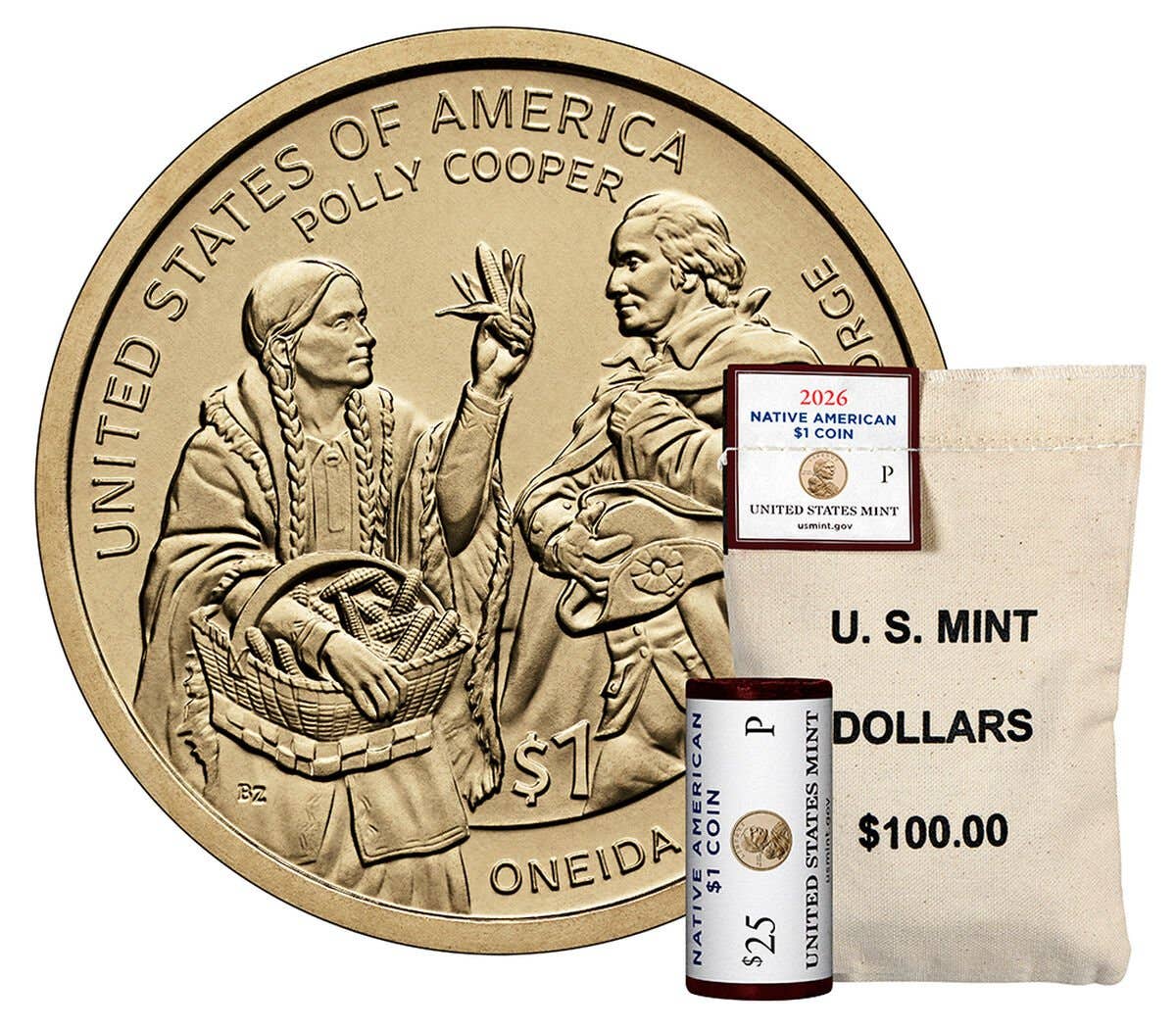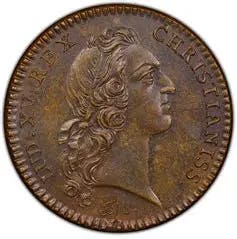Books for Your Numismatic Library
A brief overview of the tomes you should add to your numismatic library.
Do you have a numismatic library? For the purpose of this article, I’ll assume that you don’t. What books would make good additions to a budding numismatic library?
The initial purchase should probably be a book that combines an overview of coin collecting with coin values. A good example of this is the current Guide Book of United States Coins, a.k.a. the Red Book, because of the color of its cover.
The 2024 Red Book follows the tried-and-true formula of its many predecessors, beginning with a brief section titled “How to Get Started in Coin Collecting.” After an introduction to U.S. coinage, the Red Book touches on topics such as determining the condition of coins, Mint data, and checking coins for authenticity.
Important though this introductory material may be to new collectors, what they’re typically interested in are the coin values. These are covered in ascending order by denomination from half cents through $20 gold pieces. Also covered are colonial issues, commemorative coins, coins primarily produced to be sold as bullion but widely collected, and so on. There are even values for this book as a collectible. Published by Whitman Publishing, the list price for a hardbound edition is $19.95.
The Handbook of United States Coins, a.k.a. the Blue Book, is a companion volume to the Red Book. Whereas the coin values in the Red Book represent average retail values for the coins listed, the Blue Book gives average values that dealers will pay for the same items. The Blue Book contains much of the same material as the Red Book but will give you a more realistic look at values you can expect to be offered by coin dealers for your coins if you want to sell them.
The paperback edition of the 2024 Blue Book, another Whitman publication, is offered at Amazon.com for $13.45 plus shipping.
If you’ve inherited an accumulation/collection of U.S. coins and aren’t interested in becoming a coin collector, then a valuable book for your library will be Beth Deisher’s Cash in Your Coins. The latest edition appears to be the 4th edition, which I found listed in paperback on Amazon for $19.95.
Deisher’s book assumes little or no knowledge on the part of the reader. The author begins by talking about different types of collectors (i.e., accumulators, casual collectors, numismatists). She discusses making an inventory of the collection/accumulation, but this requires knowledge of coin grading, which she covers. Once this is done, you can consult a coin price guide to see what your accumulation/collection is worth. The first such guide Deisher discusses is, you guessed it, the latest Red Book.
Deisher’s book discusses the all-important task of identifying your coins by their designs. To facilitate this process, she gives an overview of U.S. coin types. These begin with half cents and proceed through the Saint-Gaudens double eagle ($20 gold piece). The obverse and reverse of each coin type are shown in full color.
Following the coverage of basic U.S. coin types, the chapter on design types continues with a look at bullion coins (silver, gold, platinum, and palladium). Classic silver and gold commemoratives are listed, with each type pictured. Modern commemoratives are listed but not pictured.
One of the final chapters examines the language of the numismatist. Knowing the terminology will give you greater credibility in both buying and selling in the coin market.
Another useful library addition is The Coin Collector’s Survival Manual by Scott A. Travers. This is just what the title indicates: a book that will give a novice coin collector the basic information he or she needs to make the right decisions in the numismatic marketplace. Some of the many topics covered are determining the condition of a coin (coin grading), grading services and “slabbing,” cherry-picking coins, the idea of Registry Sets, and finding reputable coin buyers.
The most recent edition of Travers’ book appears to be the revised 7th edition, published as a paperback by House of Collectibles in 2015 with a list price of $22.99. The current price for a new copy on Amazon is $46.48, and the used prices start at $39.99. I found a used copy on eBay for $29, with $5.75 shipping.
As you’ve probably noticed, each of the books I’ve talked about so far had a section on coin grading. This all-important topic definitely needs a book of its own.
I have several grading guides in my library, one of which is apparently worth as much as all the others combined. This is Coin World’s Making the Grade: Comprehensive Grading Guide for U.S. Coins. More on this later.
One important and relatively inexpensive grading guide is the Official ANA Grading Standards for United States Coins. Published by Whitman, the 7th edition of this venerable guide is listed in hardback on Amazon for just $19.95. Used copies are available for less, of course.
The book covers the grading of all U.S. coins from half cents to double eagles through the combination of photographs and verbal descriptions. An appropriate range of grades is covered for each design type.
Grading Coins by Photographs: An Action Guide for the Collector and Investor is another worthwhile grading guide that combines coin photographs with text describing the wear on major features. The coins are pictured in full color in the 2nd edition, which was published by Whitman in 2012. I found a used copy on eBay for $13.95, which includes shipping. The guide is listed on Amazon for $19.95 new and $12.70 for a used copy, with $3.99 shipping.
Back to Coin World’s Making the Grade. Like the other guides I’ve presented, Making the Grade uses coin photographs to illustrate the major grades for each coin type. Unlike the other guides, Making the Grade is designed to be “... a learning guide, not a grading standard.” To this end, the book states, “Each series is introduced with a short grading primer, followed by ‘color maps’ and illustrations that show the design high points.” The design high points are highlighted because these are the first design points to show wear.
Making the Grade is considerably larger than the other guides, with 8.5 by 11-inch pages. In addition, each design type is introduced with a half-page description of the series, with emphasis on design elements critical for accurate grading of the type.
But why is Making the Grade so expensive? For one thing, there are many reviews of the book that say it’s the one to have for both beginners and experienced collectors. Apparently, the teaching aspect really works for diligent collectors.
The least expensive copy I found was an unpictured used copy on eBay for $107.88 postpaid. On Amazon, the book sells for $115.84 new or $105 used, with $3.99 shipping. The 2012 3rd edition was published with a list price of $39.99. My advice: If you can find a decent copy for less than $100, you should jump on it! Even if you don’t use it as intended, I predict that the book will continue to increase in value.
Editors note: Price fluctuates with market demand.
Back when I started collecting in the 1950s, it was possible to put together from circulation complete sets of most of the popular coin series from the late 19th and early 20th centuries. If you were willing to look through sacks of pennies, nickels, dimes, quarters, and half dollars, you could fairly easily assemble circulated sets of such series as Lincoln cents, Buffalo nickels, Mercury dimes, Washington quarters, and Walking Liberty half dollars.
Nowadays, however, you would be hard-pressed to find any wheat cents or Buffalo nickels with dates, or any 90 percent silver coins in circulation, no matter how many rolls or sacks you searched. Because of this, novice collectors who post on sites such as CoinTalk are mostly interested in finding minting varieties such as doubled dies, overdates, overmintmarks, and repunched dates.
You’ll find some of the more obvious varieties listed and shown in the Red Book. It’s even possible to find such coins in circulation, hence the interest among relatively new collectors. It’s also possible to find rare minting varieties in dealers’ stocks at coin shows. For this reason, if you go to a large show, you may see collectors consulting well-used copies of the Cherrypickers’ Guide to Rare Die Varieties of United States Coins. To cherry-pick a coin means to find a rare variety that’s unattributed by the owner and thus priced as a more common variety.
Cherrypickers’ Guide comes in two volumes. The first volume of the 6th edition covers half cents to Jefferson nickels. The second volume of the 5th edition covers half dimes to silver and modern dollars, gold coins, and commemorative and bullion coins. The second volume of the 6th edition, published at the end of August 2023, has a much more restricted range of coverage than its predecessor, with a concentration on half dimes, dimes, 20-cent pieces, and quarters. Presumably, there will be at least one more volume of the 6th edition of Cherrypickers’ Guide.
If you develop an interest in searching for die varieties, Cherrypickers’ Guide deserves a place or places in your numismatic library. Because it’s just now coming out, the 6th edition, volume 2, is reasonably priced on Amazon at $32.77, and I found similar prices on eBay. Volume 1 of the 6th edition, however, will cost you an arm and a leg. I found the hardcover edition listed on Amazon for a whopping $449.99, with used copies priced from $395.95 up. I found one copy on eBay at auction with a starting price of $319. The book was published with a list price of $39.95.
It’s entirely possible that when you start collecting, you’ll decide that you like some coin series more than others. Collectors often choose Lincoln cents as a starting point. Alternatively, a relative may have given you a few older coins, and you may decide that you like Morgan dollars more than any of the other coins. In either case, you’re going to want books in your library that provide more information about either series than you can glean from your Red Book.
The answer to this is to purchase a book or books devoted to the series in which you’re most interested. Fortunately, there are several books devoted to either of the two series mentioned above or to almost any other series as well. One good place to look for books of this sort is the lengthy series of guidebooks published by Whitman.
On one site, I found a list of 27 such guidebooks, all called Official Red Books, and most penned by renowned numismatic author Q. David Bowers. As you would expect, there is A Guide Book of Lincoln Cents, which is now in its 4th edition. A Guide Book of Morgan Silver Dollars is also available in its 7th edition.
As for the cost of the Official Red Books, you can find many of these listed as used books on eBay for considerably less than their issue prices. For example, I found many copies of the Morgan dollar guide listed on eBay for less than $10, with free shipping. You can’t expect to get the latest edition for those prices, but I think the early editions will still be worthwhile. The 7th edition is available from the publisher for $24.95.
If the idea of 27 different titles seems daunting, I have a perhaps less daunting suggestion: Whitman’s series of giant Red Books, a.k.a. Mega Reds, each of which covers everything you’ll find in a normal Red Book. In addition, each Mega Red has a focus on a single denomination, with more information on grading and pricing that you would find in the Red Book.
Published in 2015, the first edition had an emphasis on cents, with expanded coverage of half cents, large cents, Flying Eagle cents, Indian cents, and Lincoln cents. This coverage essentially amounted to a book within a book, occupying more than 200 7- by 10-inch pages. Later editions focused on other denominations, such as quarters in the 5th edition.
Of course, these books are not called Mega Red for nothing. They’re humongous books (the first edition had 1,501 numbered pages), and you can’t expect them to be inexpensive. The first edition had a list price of $49.95.
You can find used copies for less than the issue prices on eBay and other online book sites. The latest edition is the 9th, and you can find it on Amazon for $52.94 (its list price is $59.95).
In this article, I’ve listed quite a few books on coins and coin collecting that deserve a place in your numismatic library. There are guidebooks, some normal-sized and some humongous, that will help you find out what your coins are worth and much more. There are grading guides that will introduce you to the importance of determining the condition of your coins, which in turn is vital to establishing their value.
I’ve touched on many books devoted to a single or small group of coin series, such as books on Lincoln cents, Morgan dollars, Mercury dimes, and so on. Then, there are the Mega Reds, giant paperback books with a focus on a particular denomination as well as being super Red Books.
I wish I could say that all the books are inexpensive and priced within reach of all collectors, but the truth is that some of the most important numismatic works are out of print and, thus, incredibly pricey. Still, coin books are often worth their weight in gold, as the saying goes. Well, maybe I should say they’re worth their weight in copper.
Bottom line: If you don’t have a numismatic library, it’s not too late to start working on one. As a long-deceased coin sage used to say: Buy the book before you buy the coin. My addition to his saying is, “Buy the book and read it!”
You may also like: New Publication on U.S. Treasury Notes


